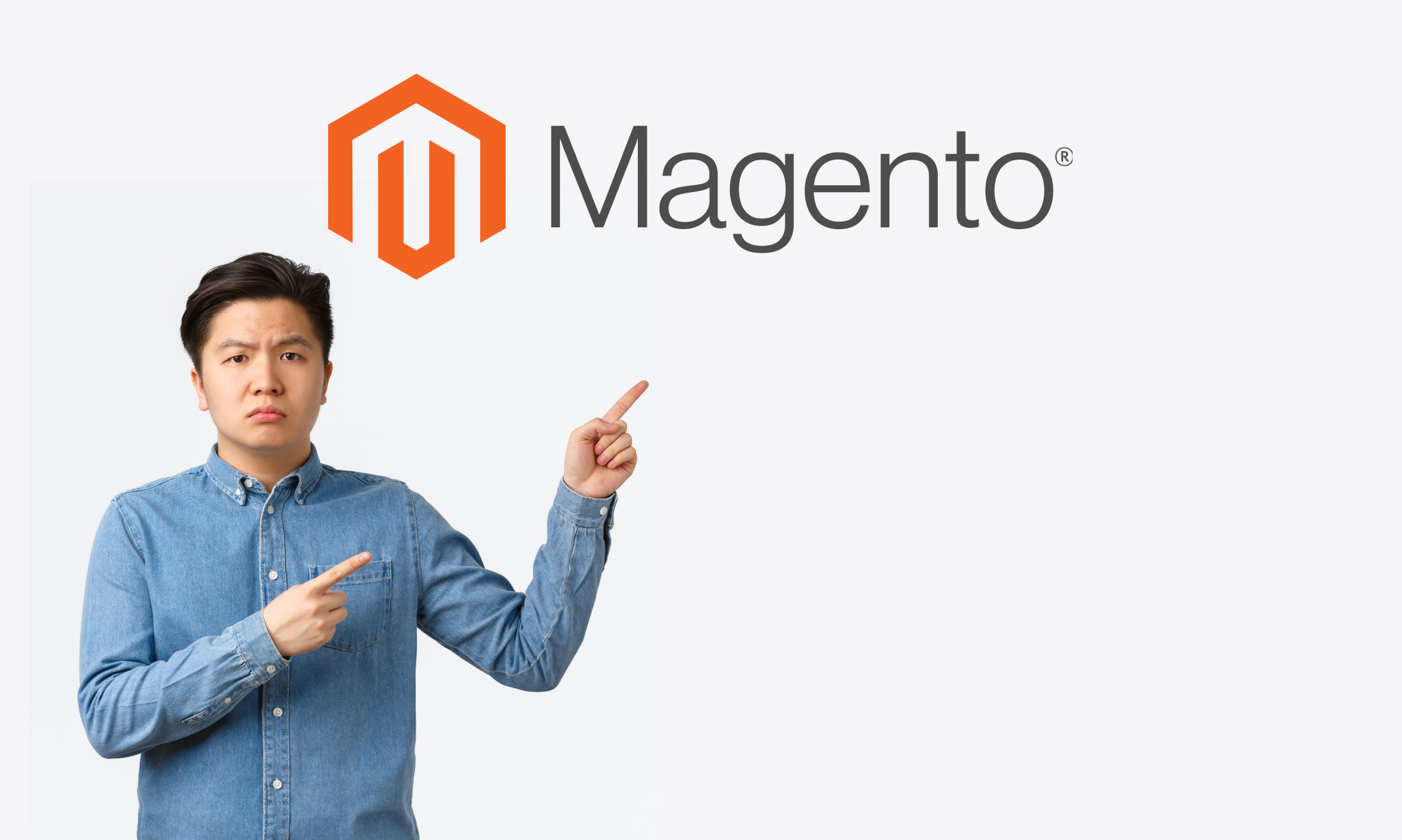You might have heard about Magento, a powerful tool that thousands of businesses use to power their online shops.
Magento is like a magic box full of tools and tricks that can help turn your online store into exactly what you want it to be, whether you’re selling handmade crafts, sports equipment, or fashion.
But what exactly is Magento, and why do so many people choose it for their online stores? Let’s dive into the world of Magento and discover how it can transform your online business dreams into reality.
What is Magento?
Magento is a powerful and flexible eCommerce platform that allows businesses to create and manage their online stores. It is a tool that businesses use to make and run their online stores.
Imagine a digital tool kit that lets you build your own website where you can sell things, track your sales, and even make your store look just the way you want it. That’s what Magento does. It’s like a big, invisible Lego set for building online shops.
Since it’s open-source, anyone who knows how to code can change or add to Magento to make it work better for their store. This is a bit like being able to modify a video game to add new levels or features, except it’s for online shopping websites.
Adobe, a big company known for making creative software, bought Magento in 2018. This means Magento is now part of a family of tools used by professionals for making websites, editing photos, and more.
Benefits of Magento

Magento is a popular tool for businesses that want to sell things online. It has a lot of good points that make it a great choice for setting up an online store. Here’s why:
Highly Customizable
With Magento, you can make your online store look and work exactly how you want.
This means you can change the design of your website to match your style or add special features to make shopping easier and more fun for your customers. It’s like having a store where you can move the shelves and decorate however you like to attract more customers.
Scalability
Whether your online store is just starting out with a few items or it’s a big shop that sells thousands of products, Magento can handle it. This is great because as your business grows, Magento grows with you. You won’t have to switch to a different system when you get more customers or products.
Rich Features
Magento comes packed with a lot of tools right out of the box.
This includes managing your products, helping people find your store online (SEO), creating special deals and promotions, tracking orders, helping customers, and understanding how well your store is doing through reports.
This means you have everything you need to make your online store successful without having to add lots of extra stuff.
Large Community
One of the coolest things about Magento is the huge community around it. There are thousands of people, from coders to store owners, all using Magento.
They often help each other out with problems, share tips, and create new add-ons that you can use in your store. If you’re stuck or looking to do something new with your store, chances are someone in the Magento community has the answer or can help you out.
Downsides of Magento

Even though Magento has a lot of great features for setting up an online store, there are some downsides to consider. Here’s what you need to know:
Complexity
Magento can be pretty complicated, especially when you’re just starting out. It has lots of options and tools, which is great for customization but can be overwhelming.
If you’re new to running an online store, learning how to use Magento might take more time compared to other easier platforms.
Technical Expertise
To really get the most out of Magento and customize your store the way you want, you often need to know a bit about coding or have someone who does.
Setting up, changing things around, and keeping your site running smoothly usually requires a developer or a team who knows how to work with Magento. This might not be a big deal for larger businesses that have technical staff, but for small business owners, it can be a challenge.
Cost
Although you can start with Magento for free because it’s open-source, there are other costs that add up. You need to pay for hosting your website, which is like paying rent for the space your online store takes up on the internet.
Also, if you need custom features or have to hire someone to help with your site, those are additional costs. When you add all this up, Magento might be more expensive to run than simpler platforms that have lower costs to start and maintain.
When to Use Magento

Deciding if Magento is the right choice for your online store depends on what you need and what your goals are. Here are some situations when Magento could be a great fit:
You Want Full Control
If you’re the type of person who wants to decide exactly how your online store looks and works, down to the smallest detail, Magento is a good choice. It lets you customize almost everything, so you can make your store match your vision perfectly.
Your Business Is Growing
If you think your store is going to get a lot bigger, selling more products or reaching more customers, Magento can grow with you. It’s made to handle both small and large online shops, so you won’t have to switch to a different platform when your business starts to grow.
You Have Special Needs for Your Store
Some online stores have special requirements, like selling products that can be customized, having complex pricing, or needing specific shipping options. Magento’s flexibility means it can handle these unique needs better than some other platforms that might be more basic.
You Can Get Technical Help
If you’re comfortable working with technology, have access to people who are good with coding, or don’t mind hiring experts when needed, Magento can be a powerful tool. With the right technical skills, you can unlock everything Magento has to offer, making your online store as powerful and efficient as possible.
FAQ
What is Magento used for?
Magento is an open-source eCommerce platform that enables businesses to create and manage online stores. It offers extensive customization, scalability, and features for catalog management, SEO, and analytics. Ideal for diverse business sizes, Magento caters to complex online retail needs.
Is Magento the same as Shopify?
Magento and Shopify are both popular eCommerce platforms, but they differ significantly. Magento is an open-source platform known for its customization and scalability, requiring technical expertise. Shopify, a hosted solution, offers ease of use and simplicity, with less customization.
Why is Magento so expensive?
Magento’s expense stems from its high level of customization and scalability, necessitating skilled developers for setup, customization, and maintenance. Additionally, hosting, extensions, and themes can incur significant costs, making it more suitable for businesses with larger budgets.

